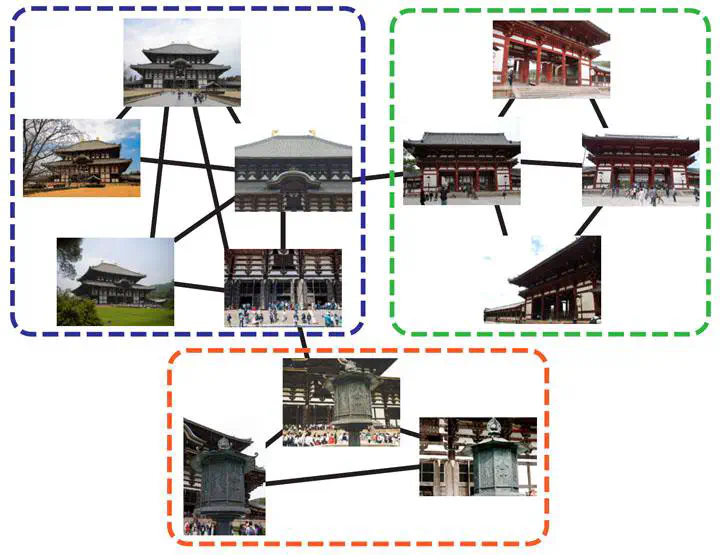
Abstract
In this paper, we propose a restrained random-walk similarity method for detecting the community structures of graphs. The basic premise of our method is that the starting vertices of finite-length random walks are judged to be in the same community if the walkers pass similar sets of vertices. This idea is based on our consideration that a random walker tends to move in the community including the walker’s starting vertex for some time after starting the walk. Therefore, the sets of vertices passed by random walkers starting from vertices in the same community must be similar. The idea is reinforced with two conditions. First, we exclude abnormal random walks. Random walks that depart from each vertex are executed many times, and vertices that are rarely passed by the walkers are excluded from the set of vertices that the walkers may pass. Second, we forcibly restrain random walks to an appropriate length. In our method, a random walk is terminated when the walker repeatedly visits vertices that they have already passed. Experiments on real-world networks demonstrate that our method outperforms previous techniques in terms of accuracy.